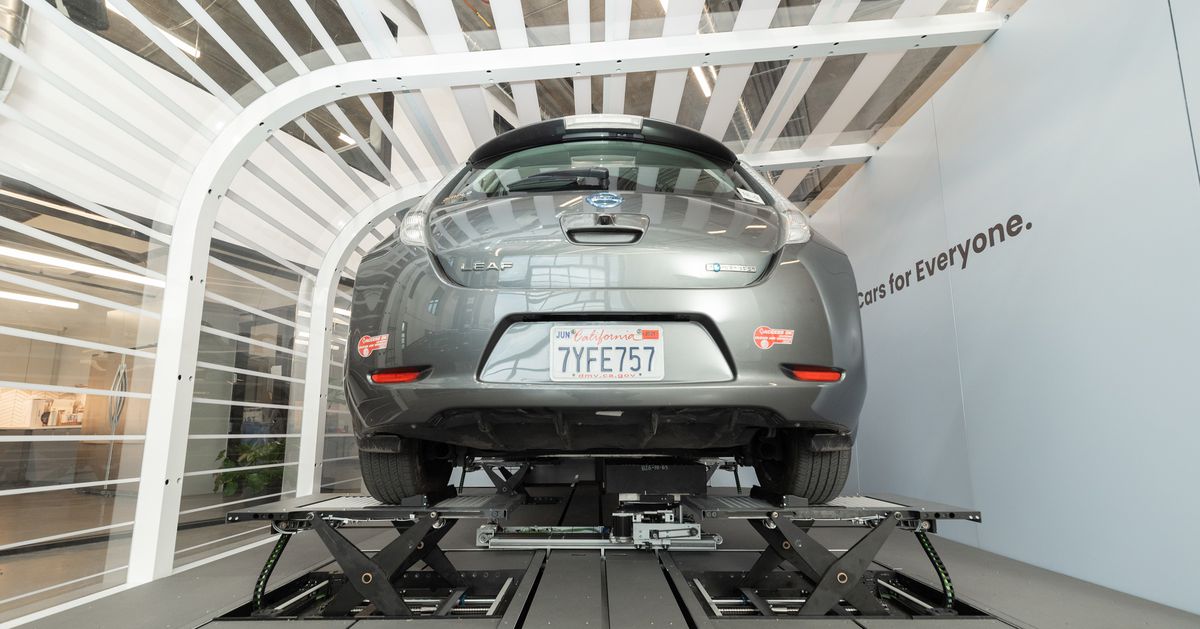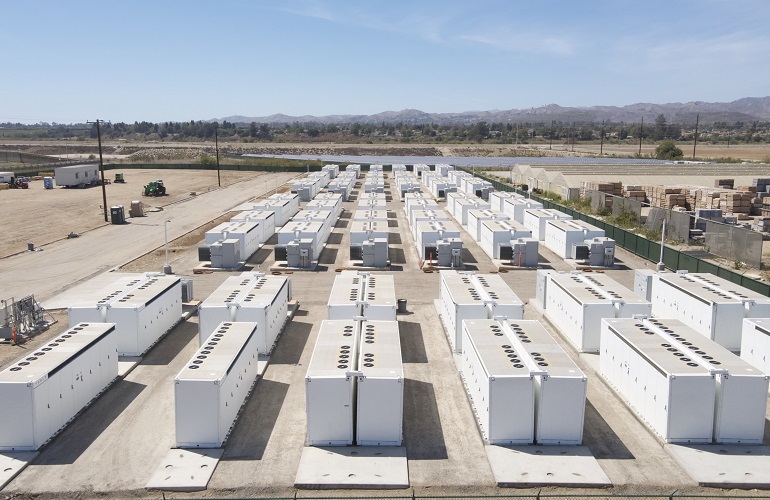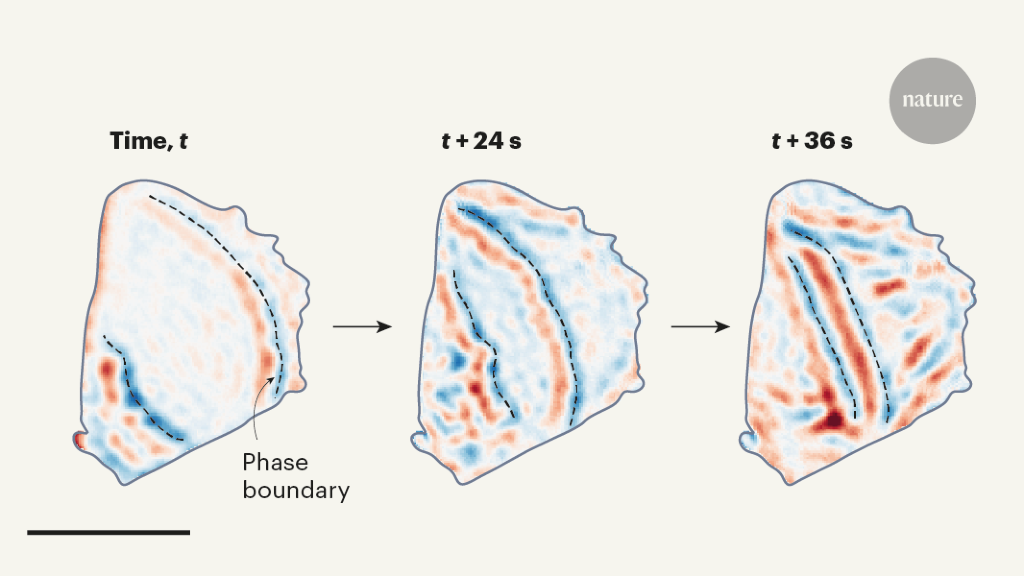Battery recycling boosted by dentist-style ultrasonics, if manufacturers can cooperate
Electric vehicles may come with impressive green credentials, at least while they're being driven, but as any laptop owner knows batteries come with a finite lifespan. End-of-life EV batteries may find a second use as backing storage for power grids but there will come a time when they need to be recycled – and the current process is neither clean nor easy.
"This novel procedure is 100 times quicker and greener than conventional battery recycling techniques and leads to a higher purity of recovered materials," claimed Andy Abbott, professor at the University of Leicester. "It essentially works in the same way as a dentist's ultrasonic descaler, breaking down adhesive bonds between the coating layer and the substrate."
"It is likely that the initial use of this technology will feed recycled materials straight back into the battery production line. This is a real step change moment in battery recycling," he added.
As expected though, masses of research is going into more efficient batteries as well as ways to recycle and re-use them, so the overall situation only keeps getting better.
See Battery recycling boosted by dentist-style ultrasonics, if manufacturers can cooperate
#environment #EV #batteries #recycling

New technique quicker and greener, but needs batteries to be designed for dismantling
https://gadgeteer.co.za/battery-recycling-boosted-dentist-style-ultrasonics-if-manufacturers-can-cooperate


















